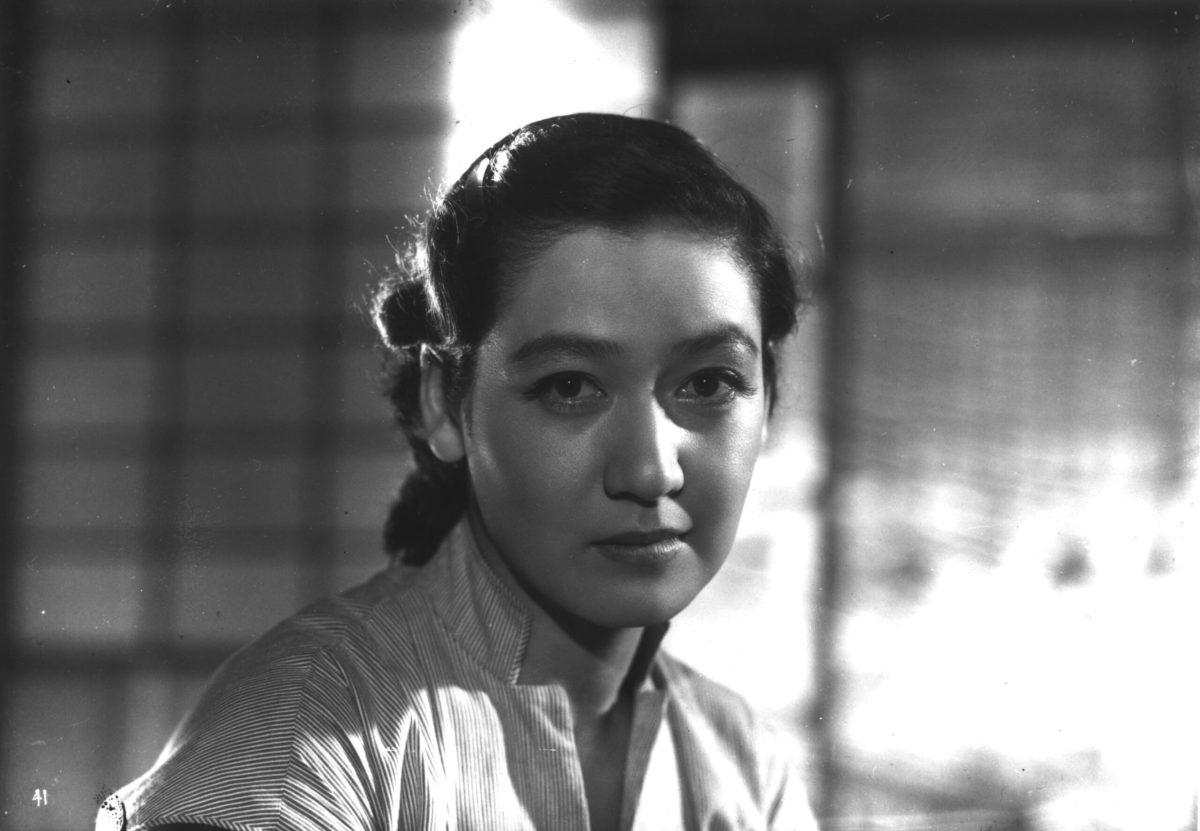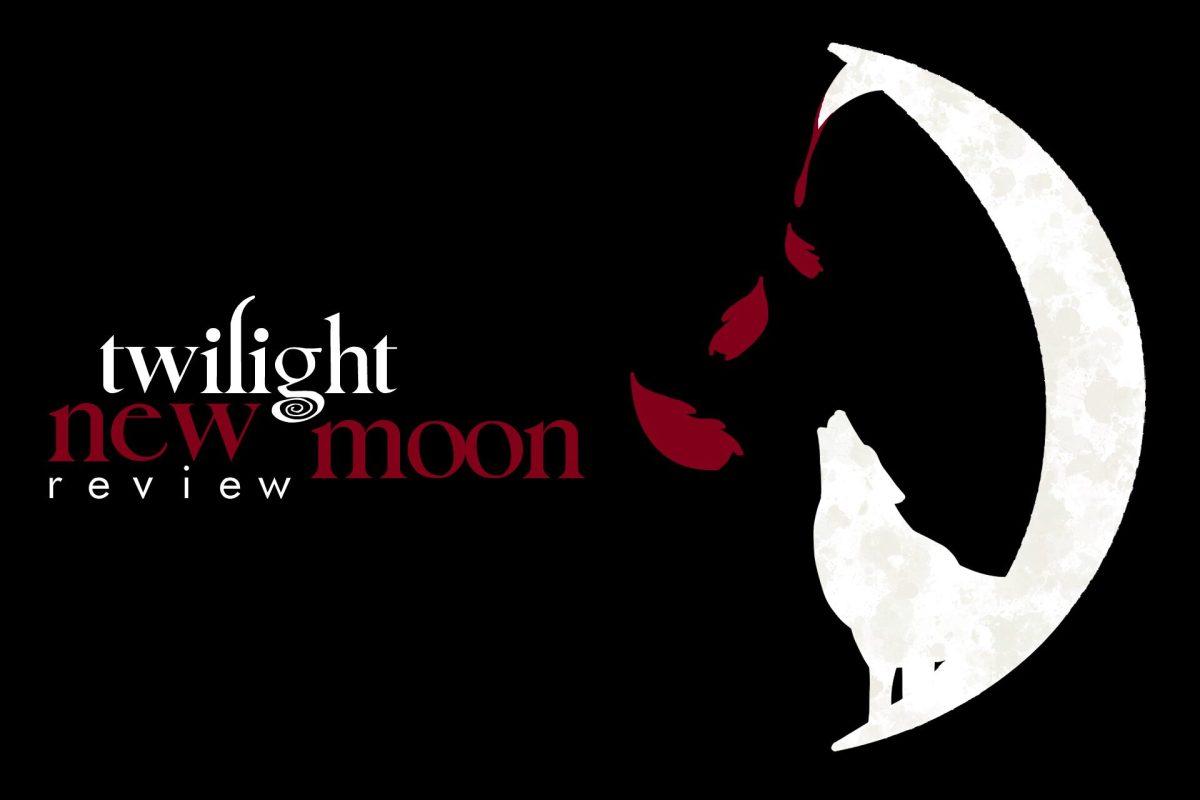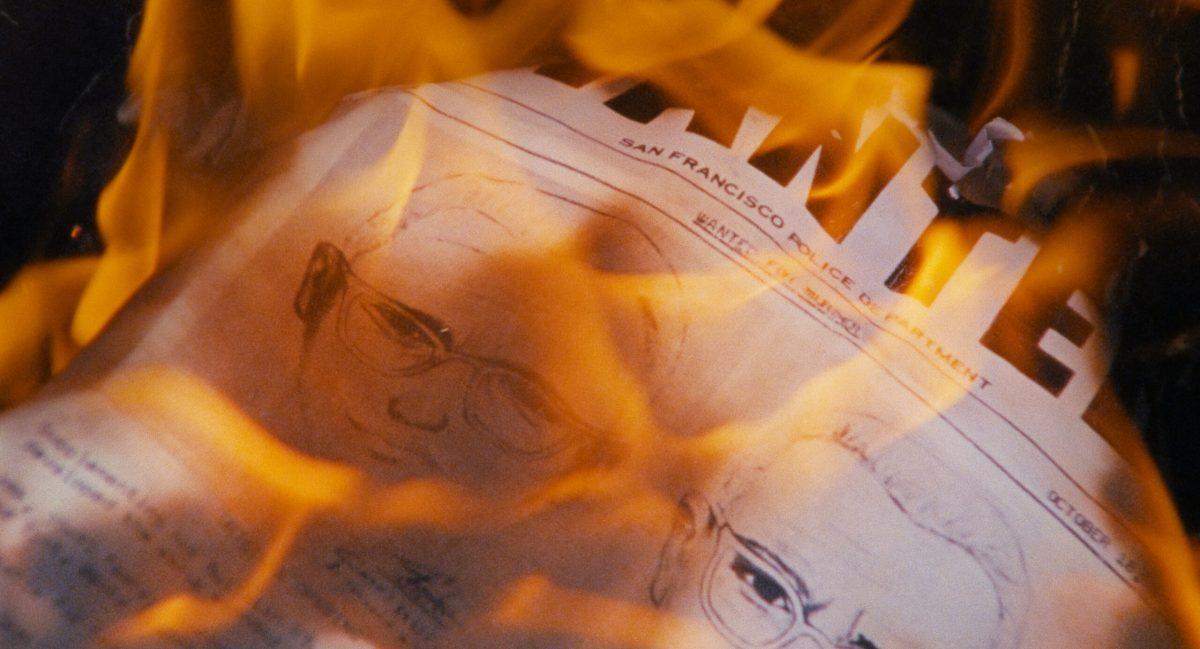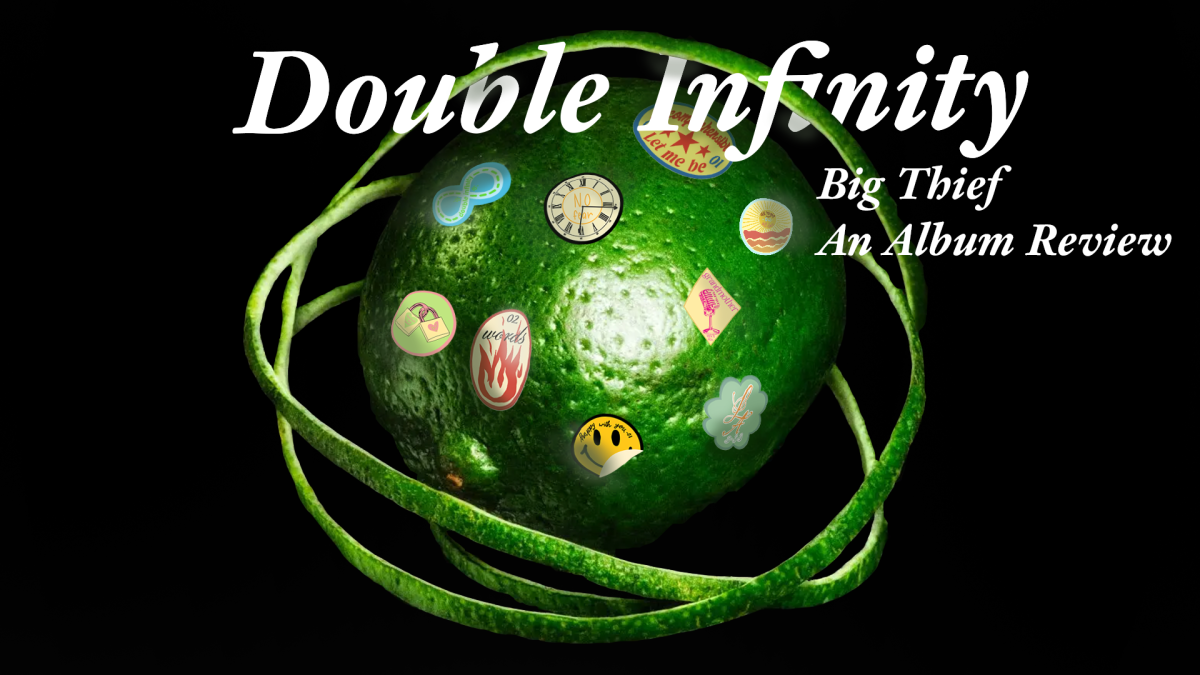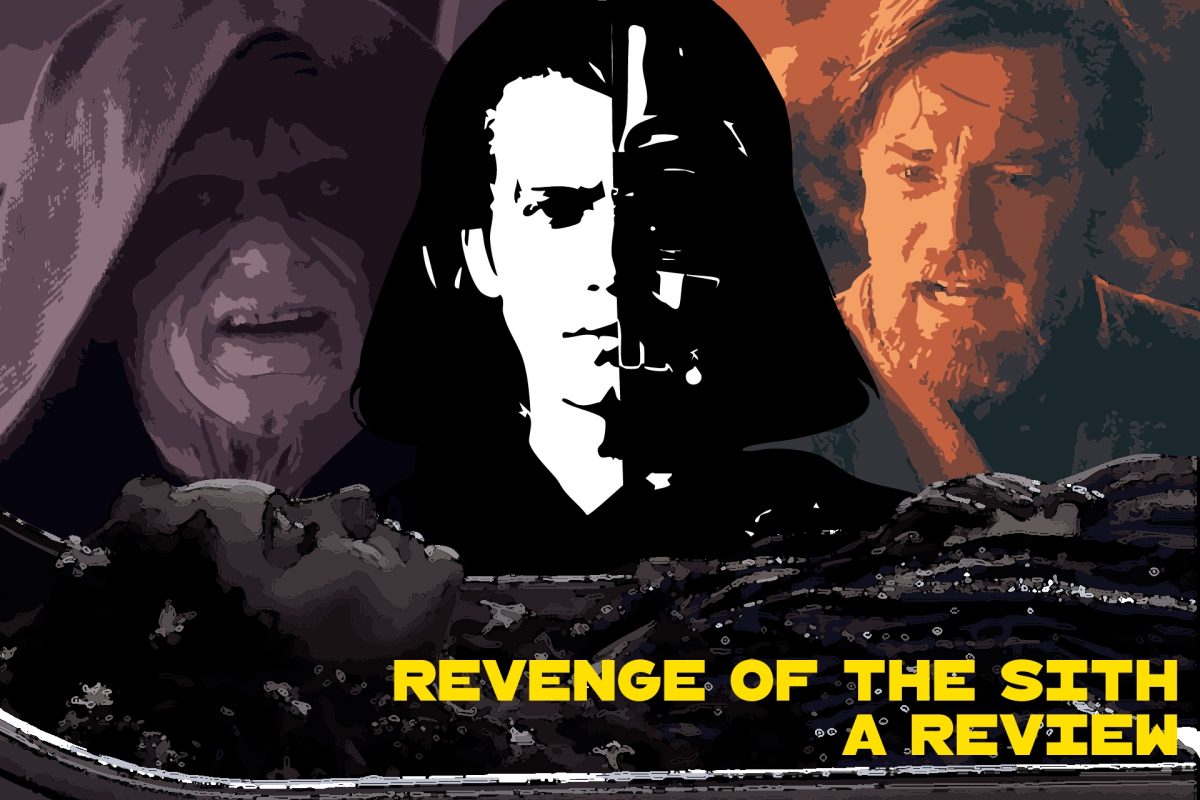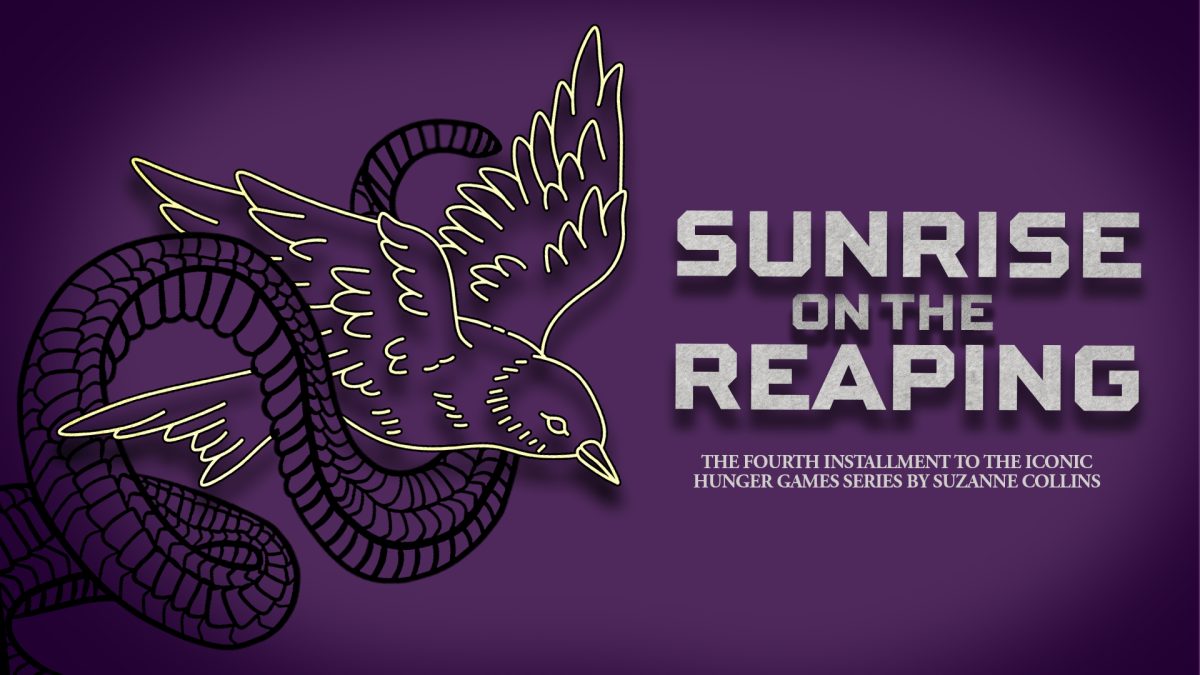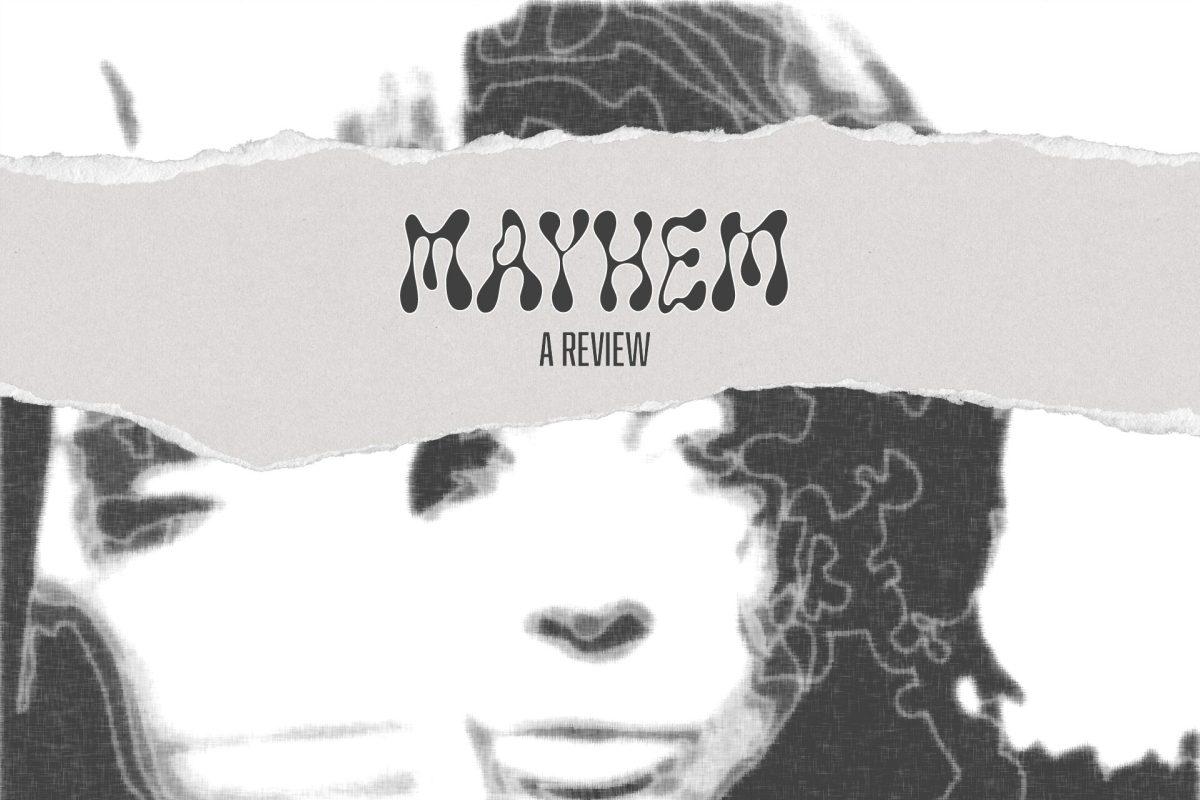Even with its age, ‘Tokyo Story’ continues to prove its status as a timeless masterpiece
On Sunday, March 3, the True/False Film Fest hosted a showing of Yasujirô Ozu’s “Tokyo Story,” a Japanese film released in 1953. The film was screened as a part of “Gwetto” and “Nofinoy” director Michaël Andrianaly’s win of the True Vision Award. The award is cited as a celebration of achievements in the field of nonfiction filmmaking by the True/False website. In addition to his win, Andrianaly picked “Tokyo Story” as a film which inspired his own style of directing.
The film was screened in 35 mm at Sunday’s showing, which made for a rich experience as the original film is in black and white. I found it very refreshing to see a film with this screening as many modern films insist on maximalist approaches, but as “Tokyo Story” proves, much of the enjoyment of a film resides in its simplicity.
“Tokyo Story” is not a complicated film on the surface, which leaves the audience members room to analyze its deeper meaning. Centered around an aging couple that resides in western Japan who travel to visit their grown children in Tokyo, the film is full of anecdotal scenes of the couple interacting with their children in varying ways.
Many of the couple’s mannerisms are recognizable to anyone with aging parents. The near-constant apologetic nature of the mother, Tomi, feels as if she is a burden on her children by visiting and sleeping in their home. The scene is uncomfortable to watch, yet in line with reality. Even though I found myself cringing at scenes like this, I understood that it wasn’t present for dramatics.
Over the course of the film, it becomes evident that the older couple has to adjust to things that have changed since they were younger. When they are sent out to a resort by their eldest son Kōichi and eldest daughter Shige to relax, they are shocked by the loudness of the nightlife that occupies the resort. Their adult children want them to have a good time while in Tokyo, but instead of spending time with them, due to their busy schedules, they spend egregious amounts of money on things the couple may not even enjoy.
Through these anecdotes of the couples’ journey through Tokyo, it is clear that they don’t quite resonate with many aspects of the city but are far happier reconnecting with their children whom they haven’t seen in a long time. I picked up that Kōichi and Shige may feel they’re doing the right thing by sending their parents to a nice hotel, but it is made clear that quality time is more important than any monetary gifts. Family is a central theme in the story, and the gradual distance between parent and child as the child’s life goes on adds a heavy sense of melancholy to the experience that only becomes more bittersweet as the film progresses.
“Tokyo Story” possesses great attention to detail and expects the viewer to pay close attention and connect the dots themselves. Much of modern cinema no longer employs this tactic and movies often give viewers excess material which in turn makes them predictable. By keeping the dialogue limited and the camera shots basic, “Tokyo Story” embodies what makes cinema so special. When emotionally impactful moments do happen, they stick with the viewer because they’re used so sparingly. With this film there are many shots of trains, boats and objects that are seemingly irrelevant but immersed me as a viewer much more into the setting.
Because the film takes place in 1950s Japan, there is a commentary on post-World War II Japan as well as the bombings in Hiroshima and Nagasaki. One of the couple’s children passed away at war, leaving his wife Noriko widowed. However, this does not deter the couple from considering Noriko one of their own children even after their son has been dead for years. Noriko’s kindness to her parents-in-law reinforces the theme of family, as blood relation is not obligatory for someone to be considered family. It was a treat to see how hospitable Noroki was to her parents-in-law and how greatly they wanted her to be happy and get remarried.
Keizō, the couple’s youngest son, was often busy and was the only member of the family to not visit with them, something he greatly regrets. Both Noriko and Keizō offer opposing portrayals of adult childrens’ relationship to their parents. As someone who is very close to my family, I find it difficult to consider that I would drift away from them in such a way, but “Tokyo Story” proves that life and obligation cause family to drift apart.
Throughout the first third of the film, “Tokyo Story” remains relatively lighthearted. The situations have minor consequences, such as Kōichi having to cancel a daytrip with his parents because of an obligation to his job, or Shige having to deal with her father entering her house drunk after a night of reconnecting with old friends. These made for great character moments that also further immersed me in the world and the people that inhabited it.
“Tokyo Story” portrays grief in a realistic, non-dramaticized manner as evidenced by the final act of the film. The characters shed tears and reflect, but there are also moments of stone-faced apathy and neglect to accept the loss of a family member. As an audience member, I felt everything the characters did because of how caught off guard I was. The film did an excellent job of portraying how different people cope with loss.
“Tokyo Story” is an incredibly special film that didn’t immediately receive critical acclaim. In fact, it wasn’t considered a classic film by critics and the public until after Ozu passed away. The themes of familial bonds and grief seen in “Tokyo Story” will surely resonate with audience members today thanks to its perfectly simple camerawork and realistic dialogue.
Edited by Annie Goldman | [email protected]
Copy edited by Sterling Sewell | [email protected]
Edited by Scout Hudson | [email protected]


